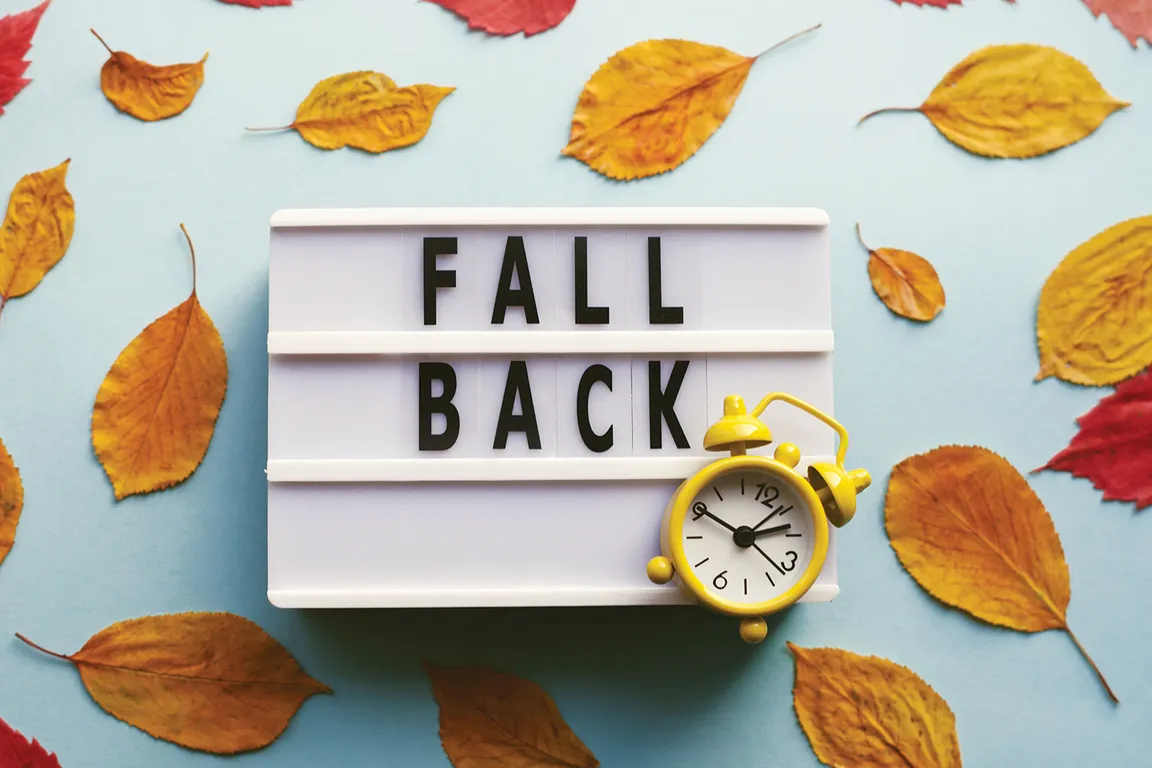HARRISONBURG, VA – (Rocktown Now) — Residents of the Shenandoah Valley are preparing for an extra hour of sleep this weekend as Daylight Saving Time (DST) comes to a close. Clocks will officially “fall back” one hour to Eastern Standard Time at 2:00 a.m. on Sunday, November 2, 2025, marking the end of nearly eight months of extended evening daylight.
For most modern devices like smartphones and computers, the time change will be automatic. However, residents with analog clocks, microwaves, and car dashboards are reminded to manually set them back an hour before heading to bed on Saturday night to avoid any confusion on Sunday morning.
The transition means an abrupt shift in daily light schedules: sunrise on Sunday will be about an hour earlier than the day before, while sunset will also occur an hour sooner, bringing earlier darkness to the evening commute.
Impact on Daily Life and Safety
While many welcome the extra hour of rest, the sudden change in light conditions brings practical challenges. Local officials and health experts are urging Shenandoah Valley residents to take precautions.
The Virginia Department of Transportation (VDOT) is reminding drivers to prepare for increased sun glare during morning commutes and rapidly darkening skies in the afternoon. The shift also coincides with deer season and increased wildlife movement at dawn and dusk, prompting VDOT to advise extra caution on Valley roads.
“Drivers need to stay alert and prepared for wildlife, especially at dawn and dusk,” said a VDOT spokesperson. “With shorter days and more deer movement, now is the time to check your headlights and slow down.”
Parents with children waiting for the school bus in the new, darker mornings are encouraged to have their children wear brightly colored or reflective clothing to increase visibility.
Sleep experts, such as Kim Penberthy from the University of Virginia, note that even a one-hour shift can disrupt our internal body clocks, potentially causing temporary fatigue or a “jet lag” feeling. She recommends easing into the change by slightly adjusting sleep and meal times in the days leading up to Sunday.
The Debate Over the Clock Change
The practice of Daylight Saving Time, first implemented in the U.S. more than a century ago to conserve energy, remains a topic of ongoing debate. While some local business owners appreciate the benefits of more daylight in the evening during the summer months, others, including some Valley farmers, find the seasonal shifts frustrating, as livestock also struggle to adjust to the sudden change in feeding schedules.
Despite the ongoing national conversation and previous legislative attempts like the “Sunshine Protection Act” to make DST permanent, the current federal law requires the U.S. to continue the “spring forward” and “fall back” cycle for the foreseeable future. Recent surveys have found the majority of Americans don’t favor Daylight Savings Time.
For now, residents can enjoy the gained hour and the official return to standard time, which will last until we “spring forward” again on Sunday, March 8, 2026.
Local fire officials are also using the time change as a crucial safety reminder: test your smoke and carbon monoxide alarms and change their batteries if needed.




